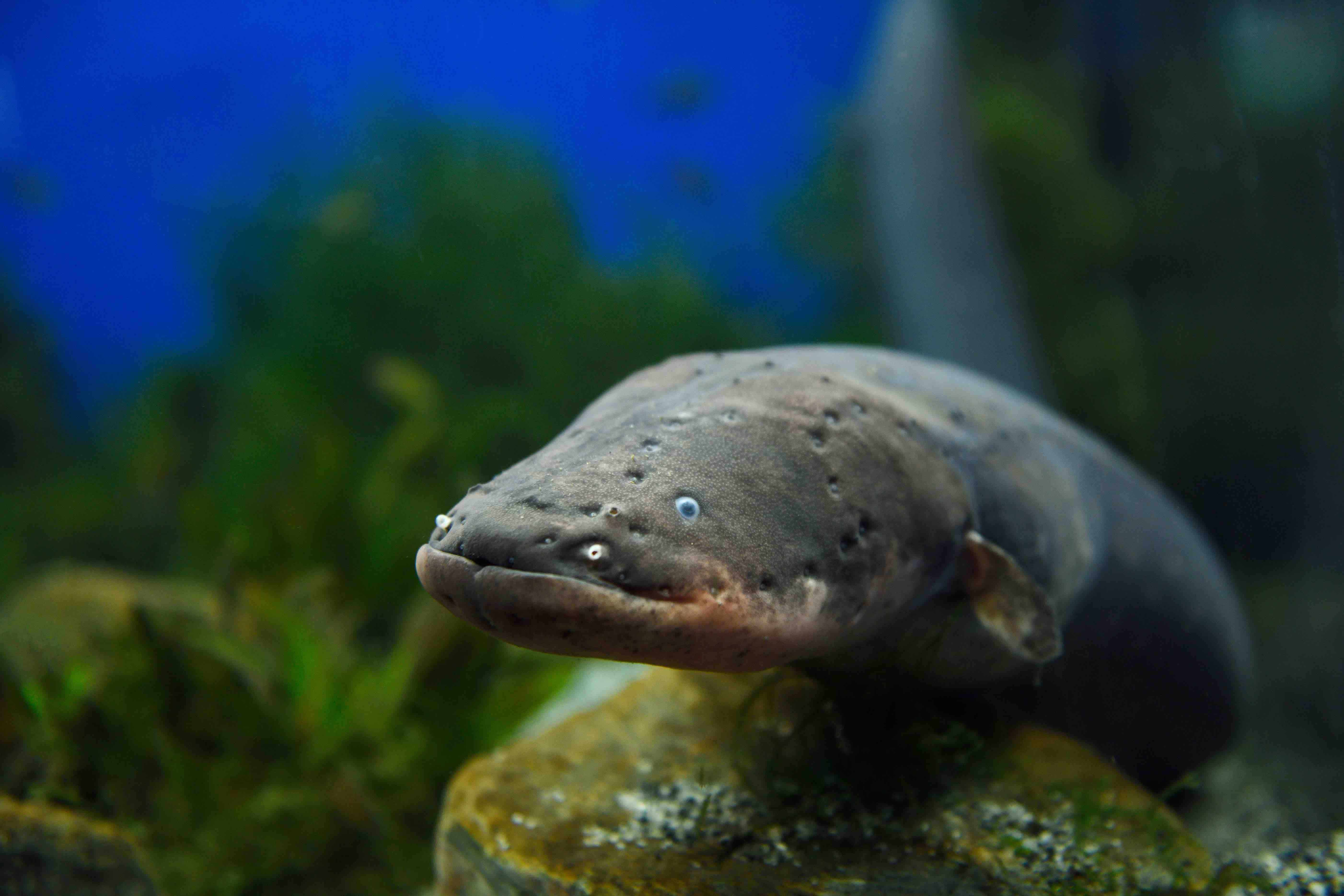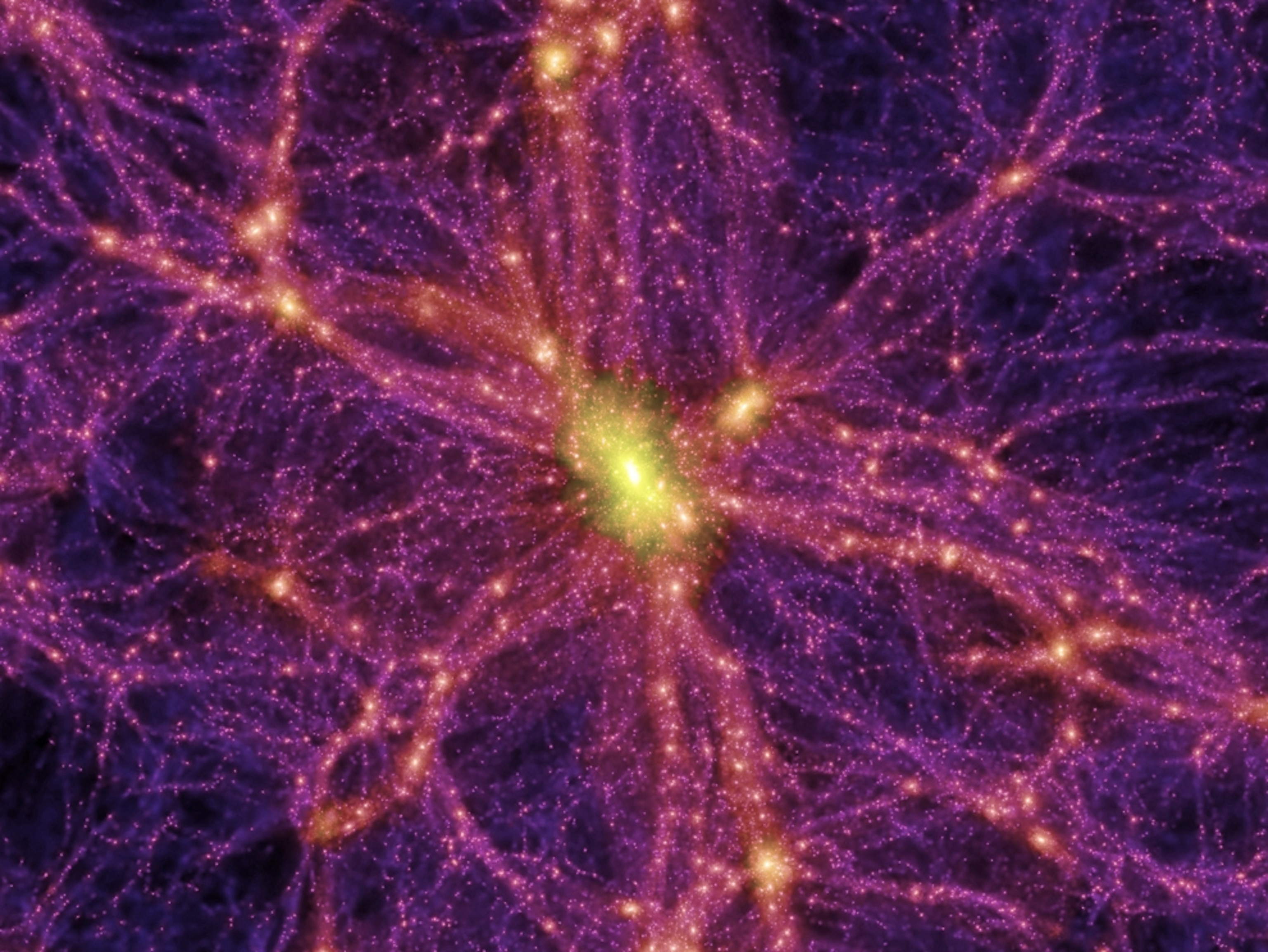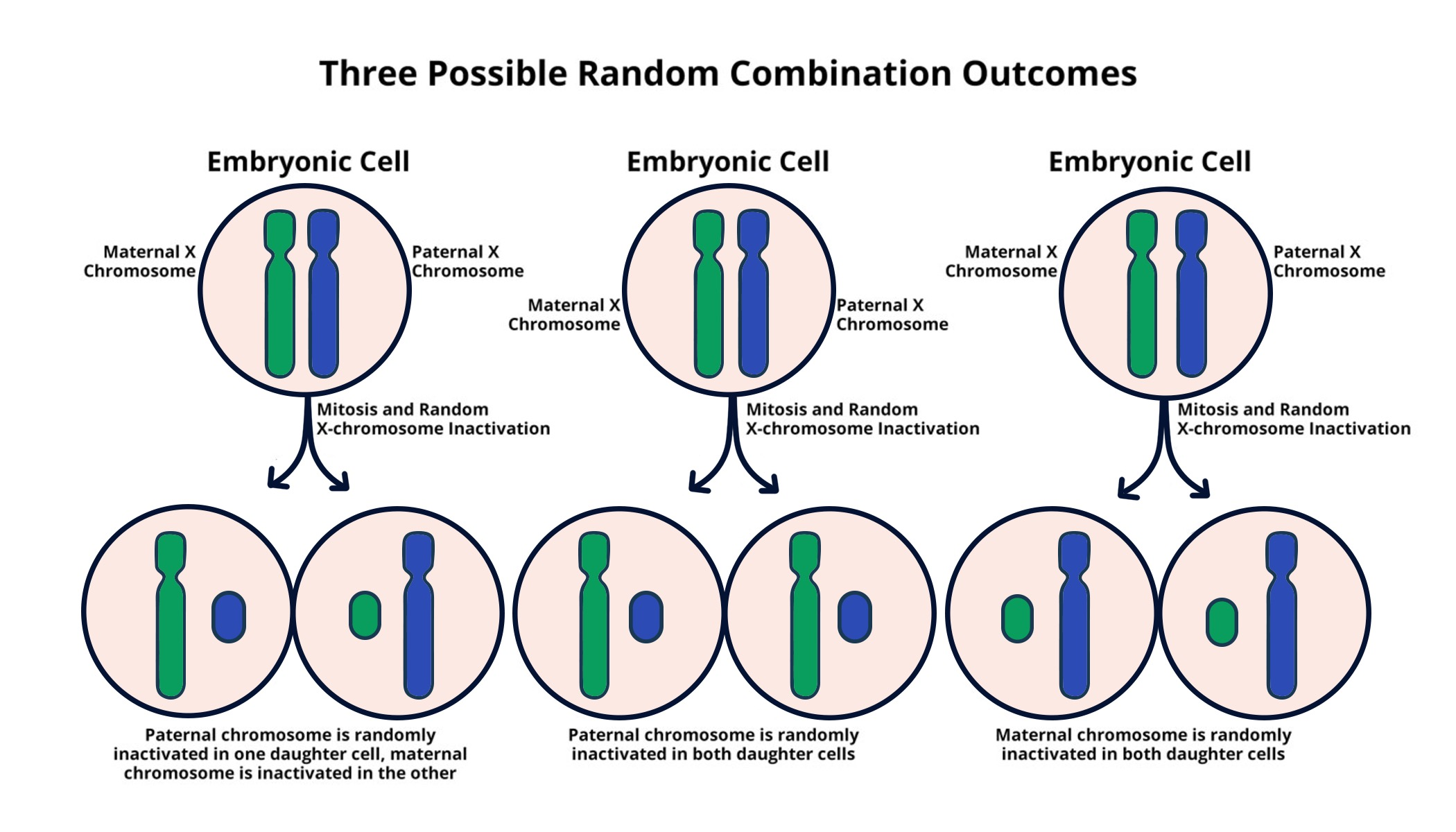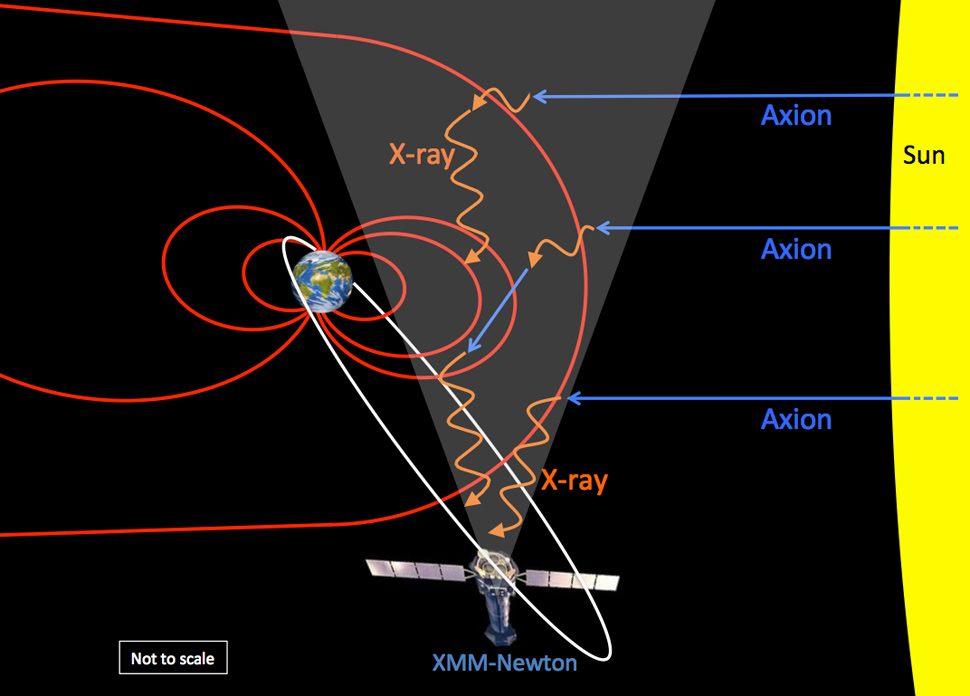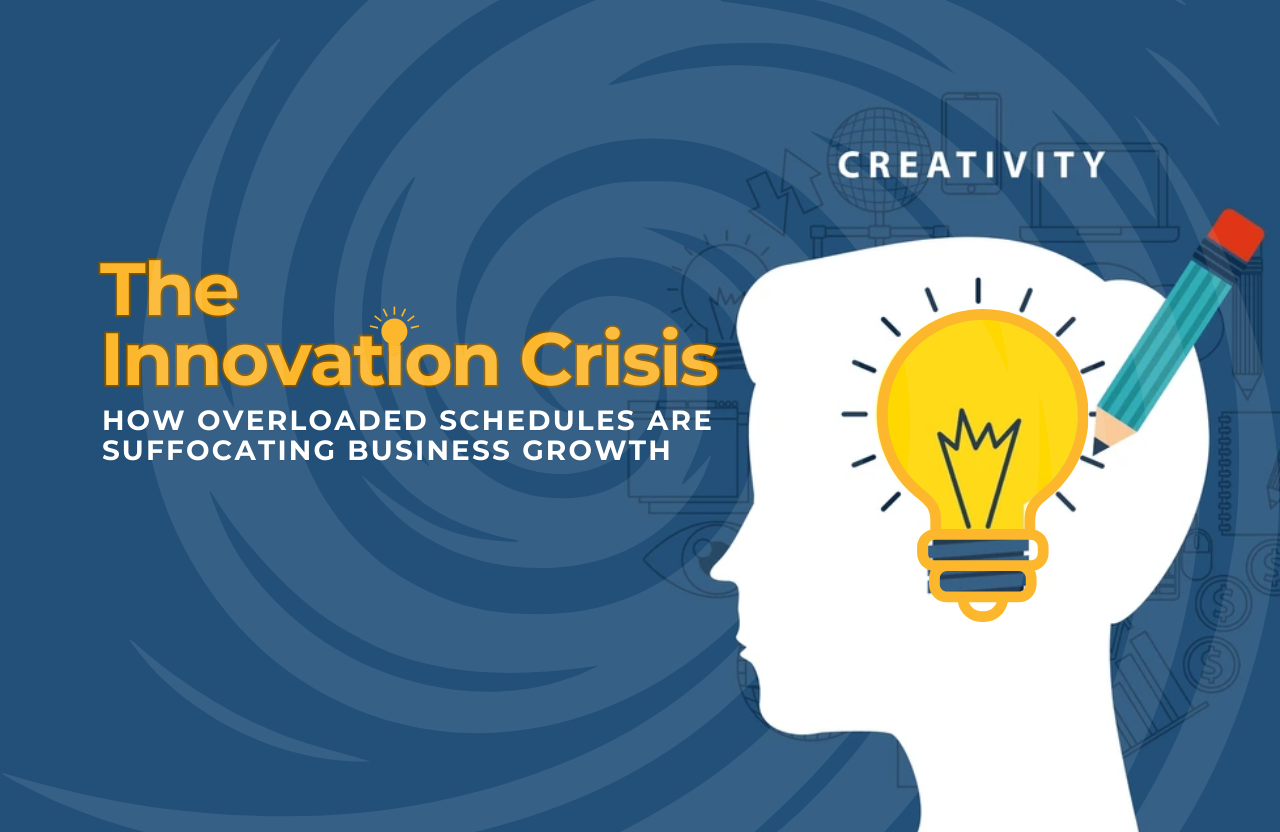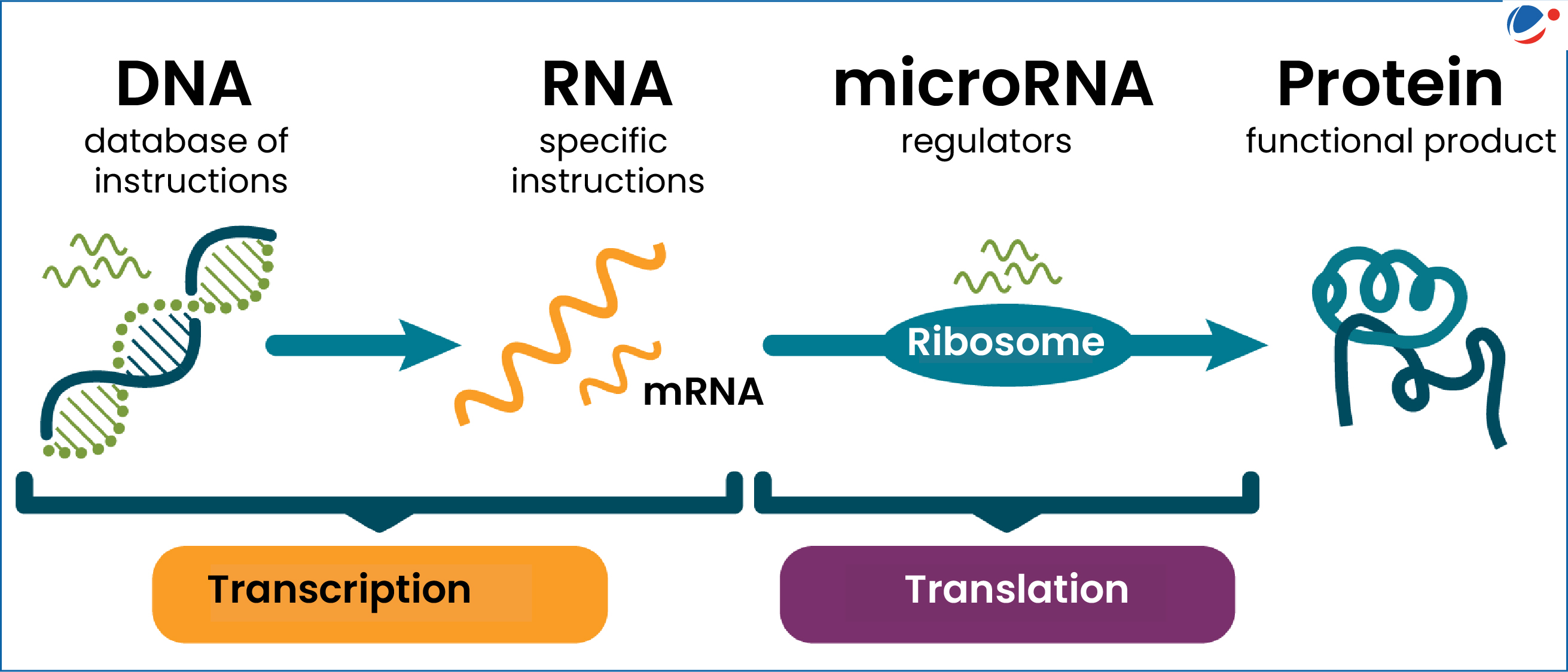Electric Fish: Insights into NeuroAI and Collective Intelligence
Electric fish, with their remarkable ability to generate and sense electric fields, are captivating organisms that hold secrets to understanding NeuroAI. These creatures, especially the fascinating elephantnose fish, exhibit unique social interactions that researchers are eager to decode. By studying the way these fish communicate through electric pulses, scientists gain insights into the realms of collective intelligence and agent interaction, crucial frameworks for developing advanced AI systems. Researchers aim to unravel how these weakly electric fish manage to thrive in their complex environments, illuminating pathways for artificial intelligence that mirrors natural cognitive processes. This exploration not only enhances our knowledge of electric fish but also propels forward the field of technology, offering new perspectives on how intelligent agents can collaborate effectively.
In the study of bioelectric organisms, electric fish serve as a vital key to unlocking the mysteries of collective behavior in aquatic environments. Among these creatures, the elephantnose fish stands out for its distinctive trunk-like appendage and the ability to communicate through electric signals. By analyzing patterns in how these species interact and transmit information, researchers investigate broader topics related to multi-agent systems and the emergent properties of cooperation and competition. The principles of social dynamics observed in these fish have far-reaching implications, potentially informing the design of artificial agents that exhibit intelligent, adaptive behavior. As we delve deeper into the behavioral ecology of these fascinating species, we are also paving the way for innovations in AI that draw inspiration from nature.
The Fascinating World of Electric Fish
Electric fish, specifically the elephantnose fish, present a unique ecosystem that has intrigued scientists for centuries. This weakly electric fish uses electro-sensing to navigate through its murky river habitats, effectively perceiving its environment and communicating through electric fields. Their distinct shape and behavior illuminate the diverse adaptations of aquatic species and raise questions about their intelligence. Understanding the mechanisms of their electric communication can provide insights into the biological underpinnings of cognition in both animals and artificial systems.
The capabilities of electric fish like the elephantnose fish extend beyond mere navigation; they showcase advanced methods of social communication and interaction. Their electric organ discharges (EODs) allow these fish to produce specific pulse patterns that function much like human languages, relaying intricate messages to one another. This unique form of interaction emphasizes how collective intelligence emerges from simple signals, a principle that can inspire and inform advancements in AI systems that aim to mimic these processes.
Insights into Collective Intelligence from Electric Fish
The study of collective intelligence is a growing field that taps into understanding how individuals — be it humans or electric fish — interact and share information. Researchers like Kanaka Rajan aim to explore how groups of agents exhibit behaviors that are more complex than the sum of individual actions. Through investigating elephantnose fish, Rajan hopes to uncover how collective decision-making operates within the natural world and how these principles can be applied to enhance AI systems.
The intriguing interactions observed among groups of elephantnose fish demonstrate a sophisticated level of cooperation and competition. For instance, when one fish discovers food and signals success through its electric pulses, others are quick to follow, utilizing energy efficiently and maximizing their foraging potential. Such strategies indicate a form of distributed intelligence that mirrors social behaviors in human groups, providing an invaluable framework for developing AI systems capable of collaborative problem-solving.
Modeling Electric Fish Behavior to Enhance AI Systems
By leveraging computer models that replicate the behavior of electric fish, scientists can gain critical insights into the dynamics of collective intelligence. Rajan’s research group has crafted artificial agents that imitate the social interactions of elephantnose fish, allowing them to manipulate and test various scenarios in ways that real fish cannot. This approach enables researchers to identify how certain behaviors emerge within a population, such as cooperation in resource gathering or heightened competition due to environmental pressures.
The artificial agents have exhibited surprising adaptability in their simulated environments, pointing to important lessons for AI development. As behaviors like cooperation and competition fluctuate based on food availability, these findings suggest that AI systems could be designed to operate more effectively by learning from their “environment” and adjusting their strategies in response to collective experiences. Such innovations could lead to AI models that are not only efficient but also better at working collaboratively.
The Role of Electric Fish in Understanding Social Dynamics
Electric fish serve as a fascinating model for studying social interactions, illustrating how communication patterns influence group behaviors. The elephantnose fish’s ability to modulate its electric pulses allows it to convey information about food sources or potential dangers, much like social cues among humans. Understanding these dynamics can help researchers unravel the complexities of collective agent interaction, forming a parallel to human behavior in social settings.
Investigating these social dynamics in electric fish provides a foundational perspective on cooperative behaviors in larger ecosystems. As researchers draw parallels between the social structures of fish and those of humans, the insights gained can fuel the development of more sophisticated AI systems. Researchers are eager to explore whether these principles of collective intelligence observed in nature can be harnessed to improve collaboration among AI agents, leading to advanced AI applications in diverse fields.
Utilizing Electrocommunication in AI Development
The electric pulses emitted by elephantnose fish not only facilitate communication but also open up avenues for applying similar strategies in artificial intelligence development. By understanding the mechanisms behind electrocommunication, AI researchers can create systems that leverage instantaneous feedback and communication, optimizing interactions amongst multiple agents. This could enhance teamwork in AI applications, yielding robust networks that solve complex problems more efficiently.
Developing AI systems that can effectively mimic these communication methods has potential real-world applications, particularly in environments where agents must respond quickly to dynamic situations. For instance, robotic swarms in search and rescue missions could benefit immensely from the principles of collective intelligence demonstrated by electric fish. Learning from their environmental cues can lead to better resource sharing and decision-making within these AI systems, inspired by the seamless communication of their aquatic counterparts.
Exploring Natural Selection with Electric Fish Models
In Rajan’s research, evolutionary simulations involving electric fish serve as a captivating exploration of how collective intelligence can change based on environmental factors. By manipulating conditions in the model, researchers can observe how competition versus cooperation emerges among simulated populations, mirroring potential outcomes seen in nature. This research aligns closely with understanding how social behaviors evolve over time, contributing to our grasp of both biological and artificial systems.
This research not only expands upon the dynamics of electric fish but also holds implications for the interface of technology and evolution. By simulating natural selection through artificial agents, scientists can derive principles that inform the design of AI systems capable of adapting to their surroundings and social structures over repeated generations. Such insights could pave the way for machines that learn not just from data, but from their interactions and collective behaviors within designated environments.
Implications of Collective Intelligence for AI Systems
The implications of studying collective intelligence in electric fish extend beyond biology; they resonate deeply within AI research. The findings suggest that by incorporating strategies observed in natural agents, software developers can construct AI systems that not only perform tasks but also engage in complex interactions. Leaders in the AI field, like Rajan, emphasize their goal of creating machines that emulate the coordination and adaptation seen in nature, enhancing overall functionality.
Furthermore, the concept of swarms in AI, inspired by the electric fish, could contribute to the advancement of autonomous systems capable of real-time communication and adaptation among themselves. This perspective is especially relevant in the design of collaborative AIs that tackle multifaceted challenges, from logistics to intelligent transportation systems. As researchers delve deeper into the principles of collective intelligence, the potential for innovative applications continues to grow.
Discovering New Paradigms in Machine Learning
Research into electric fish and their unique communication strategies provides a fresh perspective for machine learning methodologies. By observing how these fish generate and respond to electric signals, researchers can identify new algorithms inspired by biological communication systems. These insights lay the groundwork for machine learning protocols that are not only efficient but capable of evolving based on past interactions, ultimately fostering a robust understanding of agent interaction.
Such advancements could lead to breakthroughs in developing AI agents that can learn and adapt across varying contexts, honing their skills over time much like electric fish learn from their environments. The interplay between learning, communication, and collective intelligence showcased by these fish symbolizes a promising frontier for AI researchers, aiming to blend biological insights with technological innovation.
The Future of AI Inspired by Collective Behaviors
The continued exploration of electric fish and their behaviors promises exciting developments in artificial intelligence. The shared insights regarding collective intelligence can inform how AI systems are designed to collaborate more effectively, echoing the lessons learned from nature. Understanding the intricacies of how agents obtain and utilize information can contribute significantly to creating more adaptive AI systems.
As we look into the future, integrating strategies observed in electric fish into AI research could promote the development of technology that displays not only intelligence but also a degree of social awareness. The prospect of systems capable of understanding and reacting to their environments reflects a significant leap forward, highlighting the potential for AI that truly embodies the principles of cooperation and interaction evident in nature’s fascinating organisms.
Frequently Asked Questions
What role do electric fish play in understanding NeuroAI and collective intelligence?
Electric fish, particularly the elephantnose fish, are crucial in exploring NeuroAI as they exhibit unique communication methods through electric organ discharges (EODs). Their behaviors serve as a model for studying collective intelligence, where interactions among agents (such as humans, animals, and AI systems) lead to emergent behaviors. This research can help develop new AI systems that mimic these biological processes, enhancing our understanding of social dynamics.
How can the study of elephantnose fish contribute to advancements in AI systems?
The study of elephantnose fish provides insights into agent interaction and collective intelligence, which can inform the development of AI systems. By modeling the electric communication and cooperative behaviors of these fish, researchers can simulate how intelligent behaviors emerge within groups. This can lead to improved algorithms for AI, enhancing their ability to interact and adapt in complex environments.
What unique features do electric fish exhibit that are relevant to NeuroAI research?
Electric fish, like the elephantnose fish, possess the ability to sense their environment using electric fields, which facilitates complex communication through EODs. These features are relevant to NeuroAI research as they demonstrate how simple signaling can lead to sophisticated social behaviors, shedding light on potential frameworks for artificial agents in AI systems.
In what ways do electric fish exemplify collective intelligence among species?
Electric fish exemplify collective intelligence through their coordinated communication and behavior. For instance, groups of elephantnose fish utilize electric pulses to signal food discoveries, allowing them to work collectively for survival. This demonstrates that collective behaviors often transcend individual actions, offering a valuable model for understanding how multiple agents can interact effectively, a key concept in both biology and AI systems.
What findings have researchers uncovered about competition and cooperation in electric fish?
Researchers have found that the behaviors of electric fish, particularly in terms of cooperation and competition, can change based on environmental factors like food availability. Studies involving simulations of artificial agents that mimic these fish suggest that the dynamics of competition and cooperation are not fixed but emerge through generations, providing important insights into social interactions that can inform the design of collaborative AI systems.
What future implications does electric fish research hold for AI and agent-based interactions?
The future implications of electric fish research are significant for AI development. By understanding how these fish use electric communication for cooperation and competition, researchers aim to apply these principles to AI systems, enhancing how individual agents interact within swarms. This could lead to more adaptive and efficient AI solutions, reflecting the complexities observed in biological systems.
| Key Concept | Details |
|---|---|
| Electric Fish Basics | Includes species like Gnathonemus petersii (elephantnose fish), which generate electric fields for communication and navigation. |
| Unique Communication | Electric fish use electric organ discharges (EODs) to communicate, allowing them to coordinate behaviors and interact with each other. |
| Collective Intelligence | Research focuses on agent interactions, revealing insights into how broader systems (including human society) operate. |
| AI Development Insights | Modeling electric fish behaviors can inform the development of new AI systems, especially in areas like multi-agent cooperation. |
| Ecological Dynamics | Artificial models show how cooperation or competition emerges based on environmental factors, informing AI strategies. |
| Future Research Directions | Investigating the principles governing social interactions, such as optimal cooperation levels among agents. |
Summary
Electric fish are not only fascinating aquatic creatures but also valuable subjects for scientific research, particularly in the field of NeuroAI. By understanding how these weakly electric fish communicate and exhibit collective intelligence, researchers aim to uncover fundamental principles of interaction that can advance artificial intelligence systems. The insights gained from studying these fish highlight their potential role in developing AI that mimics complex social behaviors, ultimately paving the way for innovative applications in technology.
